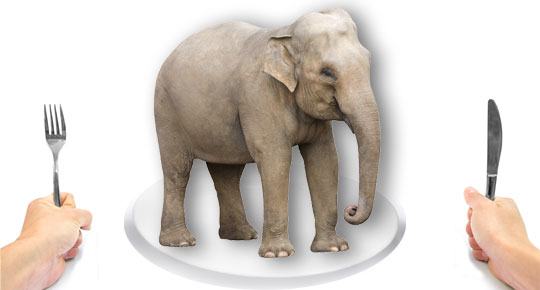Good habits are, often over a period of time, the difference between a roaring success and a crashing failure. Good habits make things possible by setting you in the right direction step by step instead of a whimsical leap of faith. But, there are often habits that once practised and reviewed, DO help you take that leap of faith! One such habit helped me quit my day job, eventually freeing up my time for working on the kind of projects that I had always wanted to work on and do things that I had always wanted to do without worrying about leaves. In this post, I help you discover what that habit is and how much it can liberate you to follow your long put-off dreams.
Continue reading The one habit that enabled me to quit my job and become my own boss






